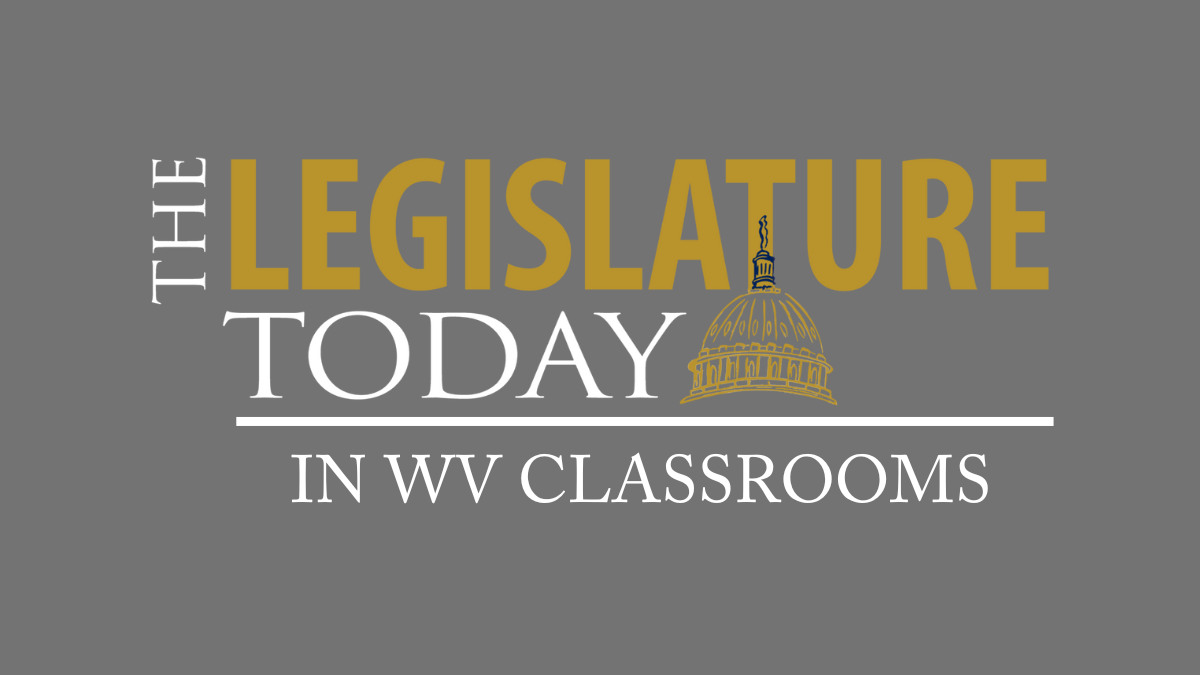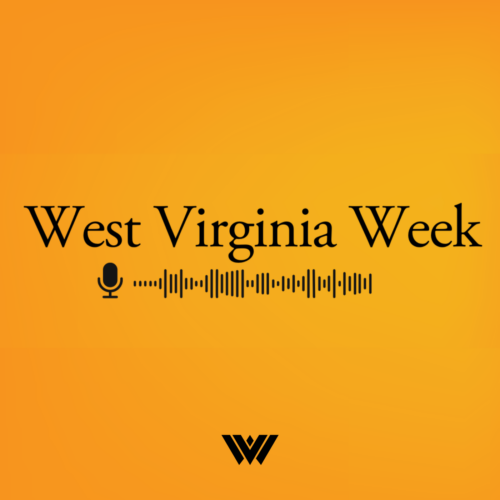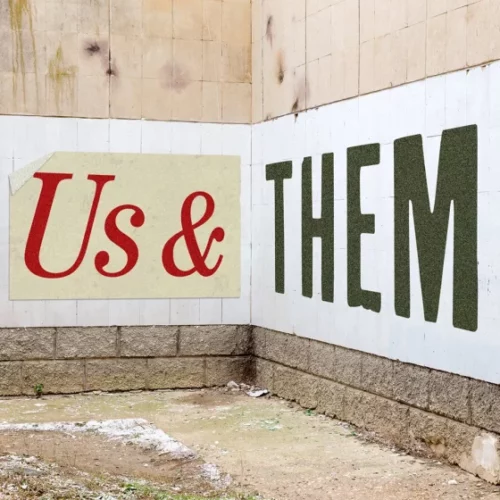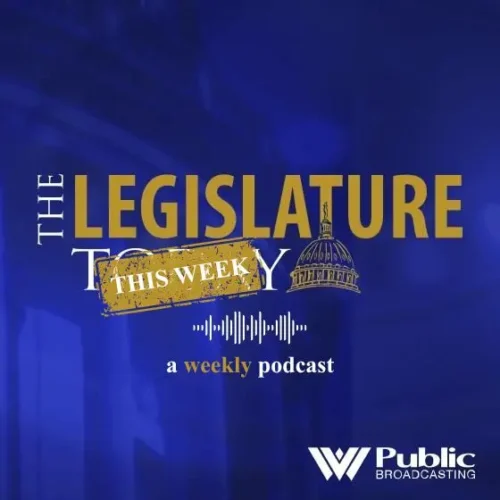Encore: What Is Appalachia? We Asked People From Around The Region. Here’s What They Said
This week, we’re revisiting our episode “What Is Appalachia?” from December 2021. Appalachia connects mountainous parts of the South, the Midwest, the Rust Belt and even the Northeast. That leaves so much room for geographic and cultural variation, as well as many different views on what Appalachia really is.
Continue Reading Take Me to More News























